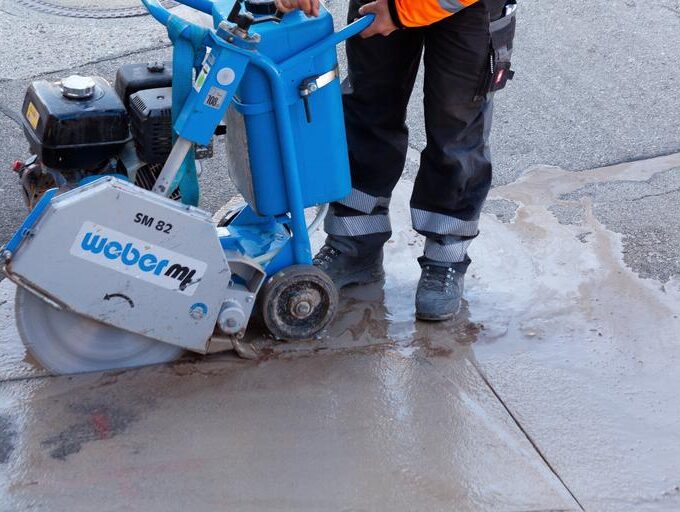One of the most urgent problems in many parts of the world is water shortage. We are running out of valuable water due to population increase and climate change. This catastrophe affects not just the environment but also our pocketbooks. The need to develop methods to save water has become critical for sustainability and financial savings as utility prices rise.
Water conservation in your house may save a lot of money and benefit the environment. Envision reducing those recurring expenses while also making a positive impact on future generations’ sustainability. You won’t believe how simple it is! Let’s explore how you may make significant adjustments at home that improve the environment and your finances while also drought-proofing your pocketbook.
Recognising where you are with your water use and what needs to be improved
Examine your water bill first. Throughout the months, keep an eye out for use trends and peaks. This may provide a wealth of information on your water intake.
Then think about using an app or application for home water audits. With the use of these tools, you may monitor your daily routine and identify any leakage or overuse. Where you consume the most of your stuff may surprise you.
Pay attention to equipment with heavy use, such as washing machines and dishwashers. Are they operating at maximum capacity? If not, there’s a simple way to reduce waste using that.
Don’t forget about outdoor pursuits! A cursory review of watering schedules might reveal areas where less water is needed than is essential.
You will be able to identify areas for improvements on how to reduce water bills and by being aware of these factors. You can make a big difference on the environment and your pocketbook with every little adjustment you make.

Easy household adjustments that can be made to save water use (e.g., correcting leaks, replacing appliances)
Resolving leaks is among the simplest methods to cut down on water use. Even though a leaky tap may not seem like much, it can waste gallons of water over time. Make sure to periodically inspect your toilets and sinks for leaks.
Switching to more water-efficient appliances may also have a big impact. Look for washers and dishwashers that have earned the ENERGY STAR certification. These versions are designed to function exceptionally well with minimum water use.
Installing low-flow showerheads is another easy way to reduce water use without sacrificing comfort. Even if you won’t really notice the difference, you will save a lot of money.
Remember to use your toilet! If you want to pick how much water you use for each flush, you may install dual-flush systems or replace your older units with high-efficiency versions.
By implementing these little adjustments, you may lower your utility costs and build a more sustainable house.
Innovative techniques to gather and repurpose rainfall
Harvesting rainwater at home is a clever and environmentally responsible approach to control water use. Place rain barrels under your downspouts to start. By collecting roof runoff, these barrels may provide you with an invaluable resource for irrigating your plants.
Think about establishing a rain garden in your backyard. This area has been specifically built to catch rainwater runoff and enable it to seep into the earth, therefore minimising runoff and promoting local plant life.
Connecting your rain barrel to drip irrigation systems can increase efficiency. By supplying water straight to the roots of your plants, this technique reduces waste and guarantees that they get exactly what they want.

For bigger storage requirements, consider building an underground cistern if you’re feeling very daring. It can withstand heavy rains and deliver enough water when the weather is dry.
You may help protect the valuable resources around you and convert nature’s gift into savings by using these techniques.
Tips for landscaping a yard that can withstand drought
Making your yard drought-resistant may help you save a lot of money by using less water over time. Start by selecting native plants that are adapted to the climate in your area. Because they use less water, these plants are low-maintenance and environmentally beneficial.
Think about using xeriscaping techniques in your landscape. This method focuses on creating a landscape that needs as little water as possible while yet appearing lively and welcoming. Plants with comparable watering requirements may be grouped together to increase efficiency.
Mulch around your plants to aid with moisture retention, decrease evaporation, and discourage weed growth. It’s a simple action that improves your landscape in many ways.
Hardscapes, such as gravel patches or stone walkways, help to reduce the amount of paved surfaces that absorb heat while breaking up the vegetation. This method reduces total water use while also improving aesthetics.
Don’t forget to factor in shadow! By carefully placing trees, you may shield certain regions from the sun’s glare, enabling other plants to flourish there with less frequent irrigation. By using these landscaping techniques, you may design an exquisite outdoor area that is economical and environmentally friendly.












